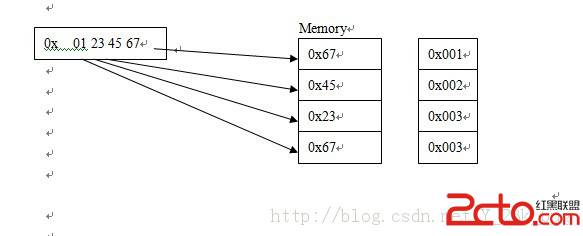POJ 1089 Intervals 区间覆盖+ 贪心
题意:就是给你一些区间,若两个区间能够合并,则合并。求最后又多少个区间,输出最后的区间。
思路:其实就是一个贪心的题目,不过要想做到1A还是有点困难的。有许多情况需要考虑清楚,我也是wa了几次才过的。我们可以先按开始端点从小到大排序,若开始端点相等,则按结尾端点从小到大排序。排序之后能合并则合并。合并的时候有两种情况,一种是起点和开始点的起点一样,但是终点比开始点的终点大,这种情况需要考虑;另一种就是开始点小于等于起点的结束点。在合并的过程中,起点的结尾点需要一直不断的更新。
代码:
[cpp]www.zzzyk.com
#include <iostream>
#include <cstdio>
#include <string.h>
#include <climits>
#include <algorithm>
using namespace std;
#define CLR(arr,val) memset(arr,val,sizeof(arr))
const int N = 50010;
struct interval{
int st,et;
}aa[N];
int flag[N];
bool cmp(interval a,interval b){
if(a.st == b.st )
return a.et < b.et;
return a.st < b.st;
}
int max(int a,int b){
return a > b ? a : b;
}
int main(){
//freopen("1.txt","r",stdin);
int n;
while(scanf("%d",&n) != EOF){
for(int i = 0;i < N; ++i){
aa[i].st = aa[i].et = INT_MAX;
}
CLR(flag,0);
for(int i = 0; i < n; ++i)
scanf("%d%d",&aa[i].st,&aa[i].et);
sort(aa,aa+n,cmp);
int id;
for(int i = 0; i < n; ){
id = i;
printf("%d ",aa[id].st);
while(aa[i+1].st == aa[id].st){
i++;
}
aa[id].et = aa[i].et;
while(aa[i+1].st <= aa[id].et){
i++;
if(aa[i].et > aa[id].et)
aa[id].et = aa[i].et;
}
if(aa[i].et > aa[id].et)
aa[id].et = aa[i].et;
printf("%d\n",aa[id].et);
i++;
}
}
return 0;
}
补充:软件开发 , C++ ,




